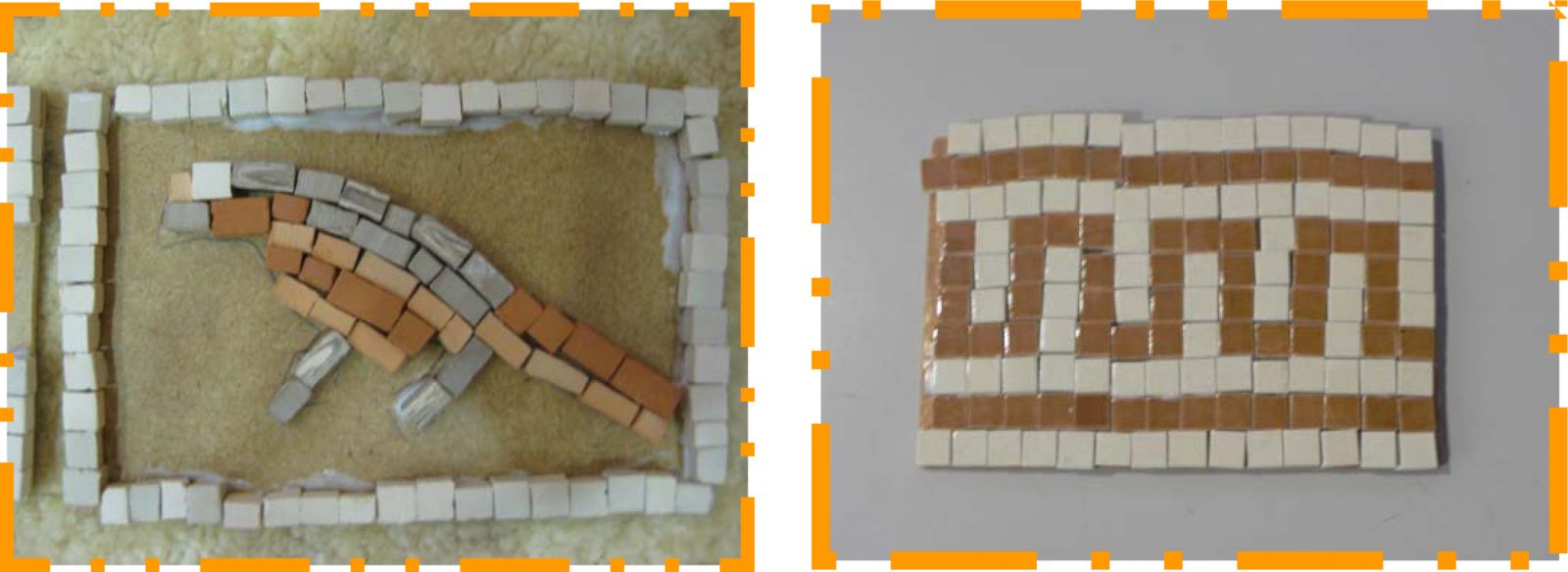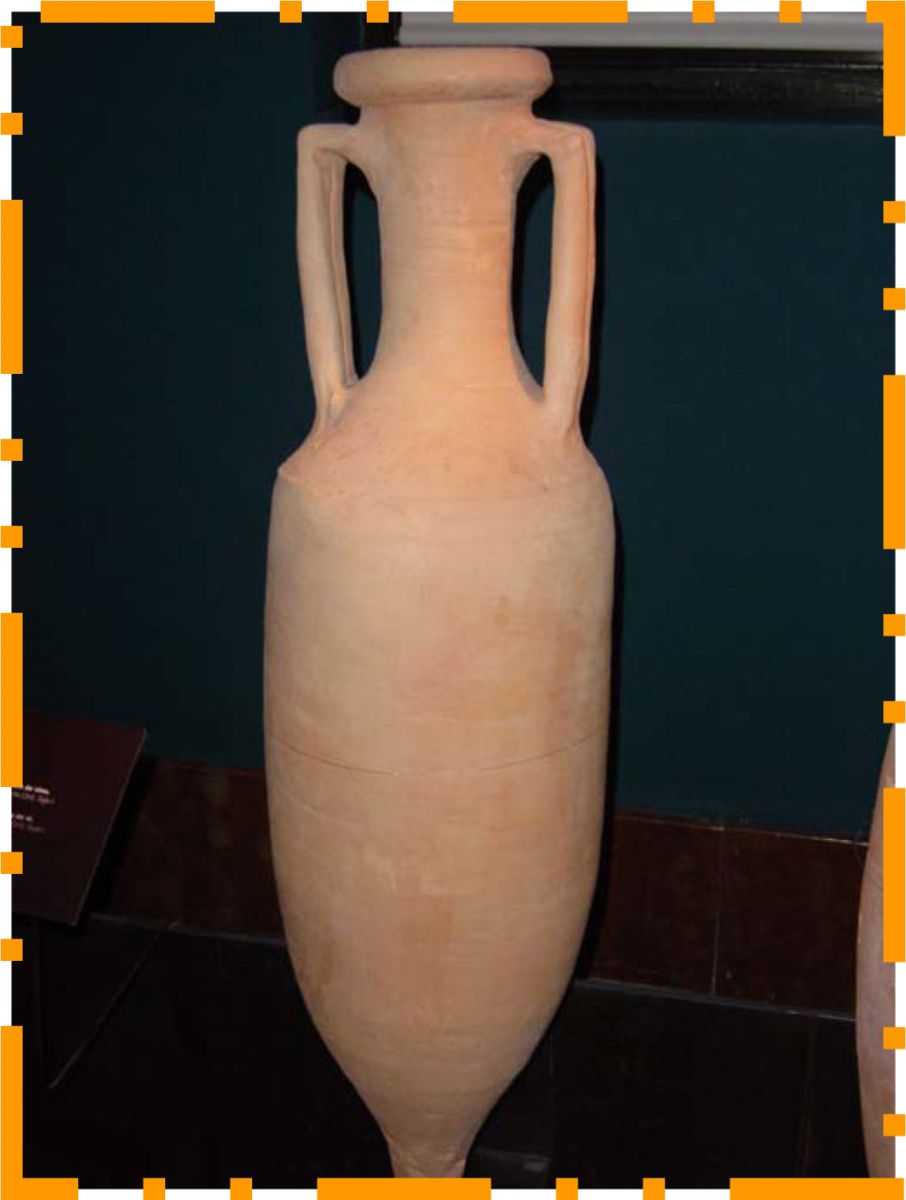ROMAN CULTURE WORKSHOPS
MOSAICS
In the classroom-workshop, the pupils will look at mosaic sheets, emphasising their importance as a paving system.
Using small ceramic pieces (tesserae) of different colours, they will form geometric or figurative decorative compositions. The aim is to:
-Encourage geometric and/or figurative motifs.
-Develop the work of colour and its tonalities.
Visualising two-dimensionality
Each pupil takes his or her own small mosaic to create a small museum in each school.
MURAL PAINTING
.jpg)
With the help of the monitors and the workshop's ICT materials, the pupils will paint a Roman design in different colours on a piece of plaster (which simulates the texture of a wall).
This workshop aims to interact with the students in order to evaluate the works of art that archaeologists have found in the Roman villaeThe difficulties of their restoration and conservation were explained to them.
We will introduce you to the 4 styles of Roman painting; we will insist on the importance of designing well, of thinking about what we want to say or express, before executing the workshop-practice.
LIGHTNING
This workshop aims to show the Roman lucernas, the oil lamps or lanterns that were used in antiquity for lighting.
After the visit to the Roman room, where we will observe different types of skylights; shapes and decorations that were depicted on them: erotic, gladiators, mythological motifs or floral patterns.
In the workshop, using various moulds, the students will each make a lantern, they will make the holes to insert the wicks, and they will analyse the importance of the archaeological object for the information it provides us with about the classical world.
AMPHORAS
NEW
From January 2014
After the explanation of the Roman culture room, in the workshop we will expand on the concept of Roman worldThe Mediterranean, that is, how this civilisation managed to unite the whole of the Mediterranean within a great economic, and therefore cultural and social, circuit.
The group will make a small amphora with a ceramic cone and clay, following the models they have seen in the Underwater Archaeology room.
Finally, the conclusions with the group will focus on the unity of Roman trade, the products that were transported the most (wine, oil, cereal...) and the great cultural treasure that still exists in the waters of the Mediterranean.



.jpg)

